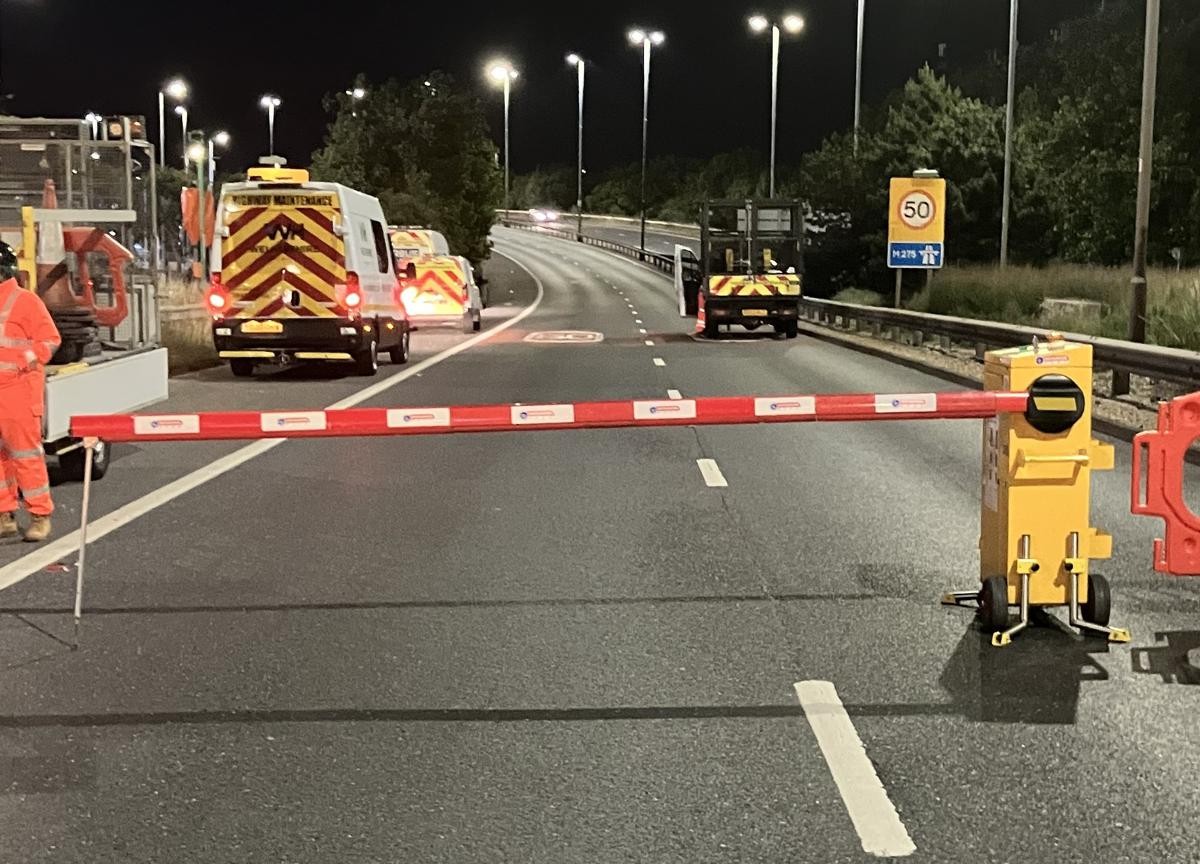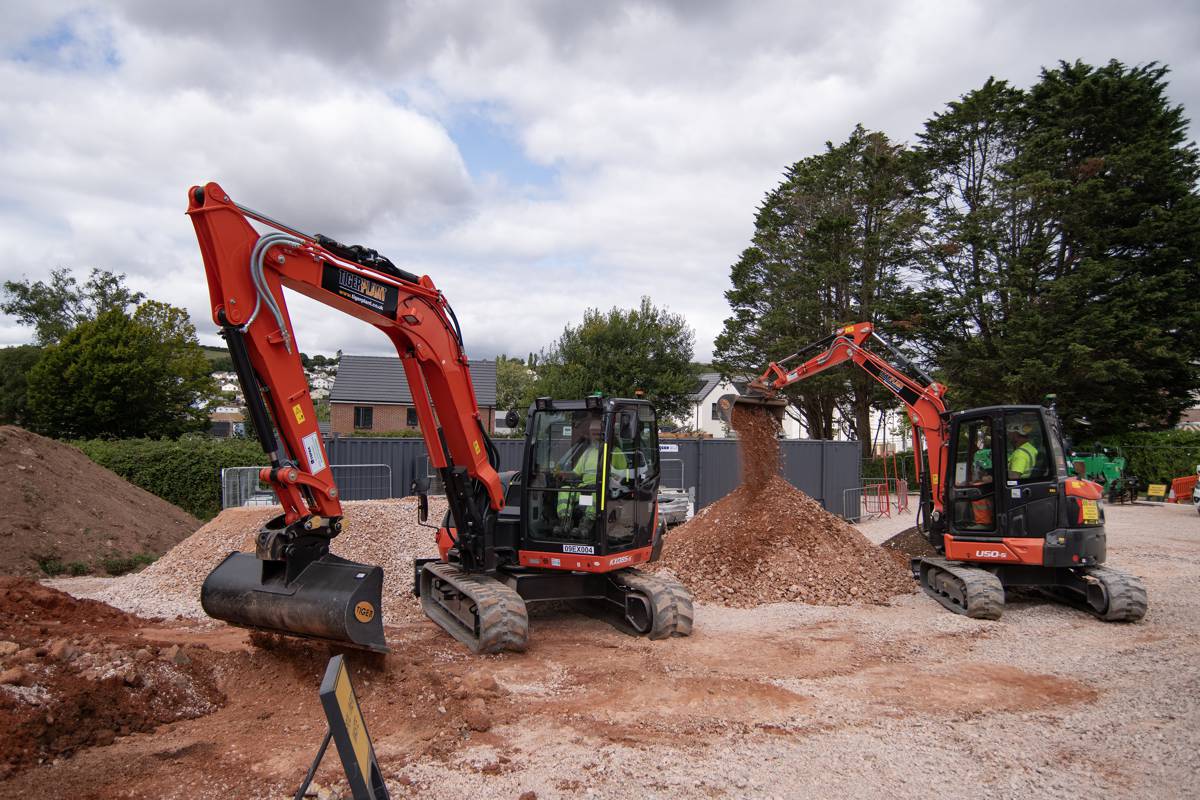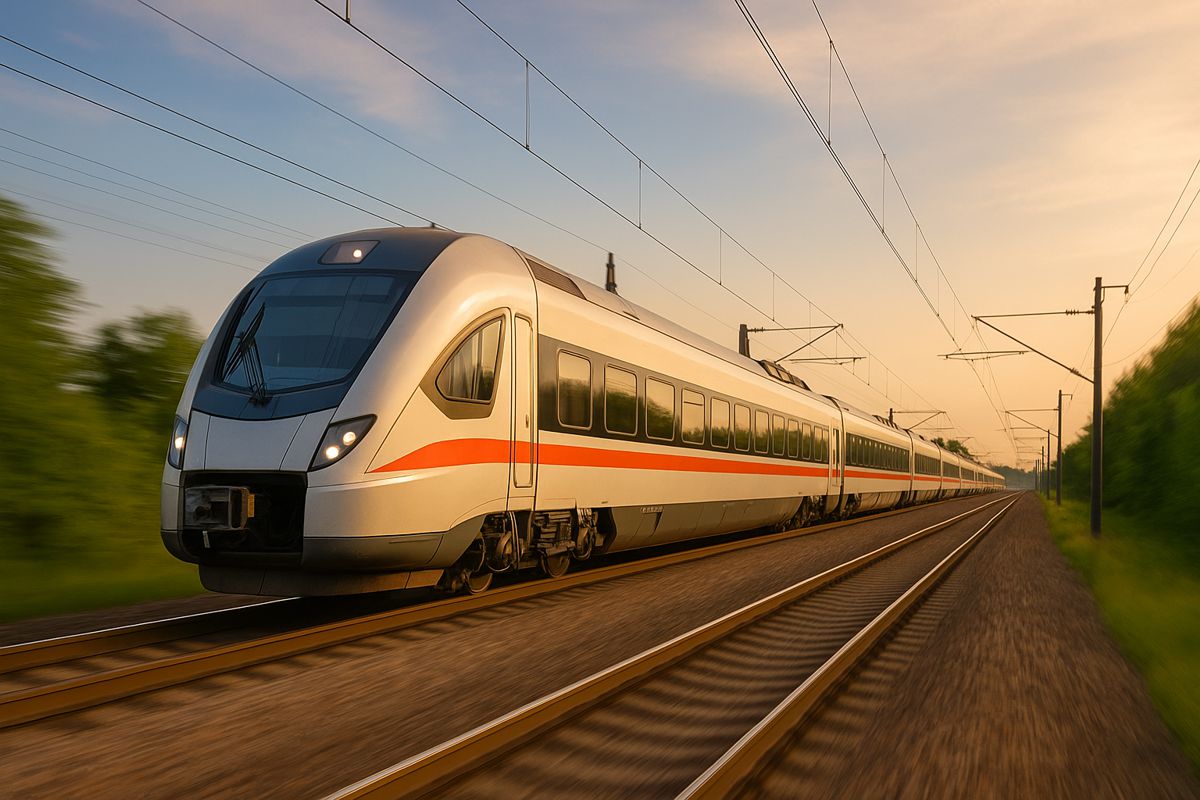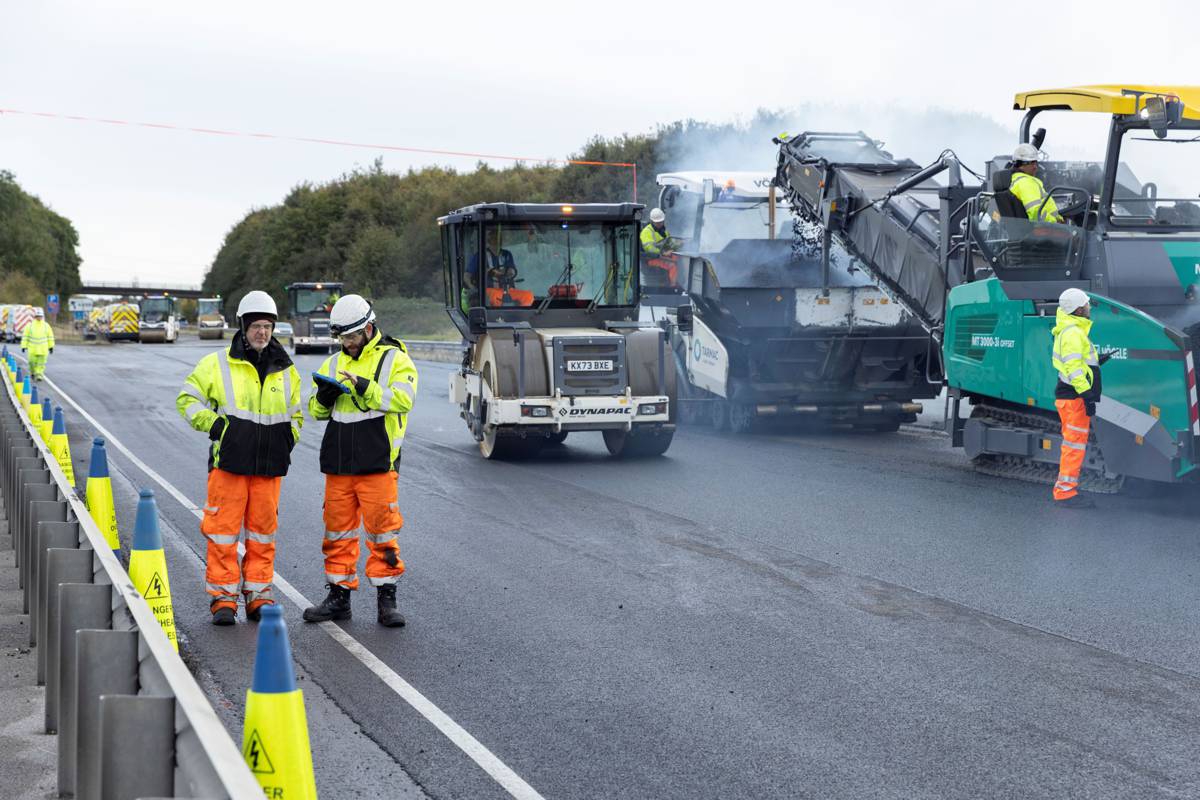30-year draft Strategic Transport Plan agreed for North West England
Civic and business leaders from across the North of England have agreed a draft Strategic Transport Plan, to be published by Transport for the North, for public consultation early in the new year, which outlines the transport infrastructure needed to transform the region’s economy.
Calling for sustained prioritised investment in the region’s railways and roads over a 30-year period, it will transform the economy by improving the way both people and goods travel around the North of England.
The draft Plan will be subject to a thirteen-week public consultation early in 2018 and will be submitted to the Government in due course for Ministerial consideration. It will identify seven ‘corridors’ where transport improvements are needed to allow businesses to grow and job prospects to be increased. It also highlights two pan-Northern priorities for investment: Northern
Powerhouse Rail and Integrated and Smart Travel.
The corridors, which are currently in need of improved connectivity, link important assets and major economic centres. For example, the ‘Connecting the Energy Coasts’ corridor will explore ways to improve connectivity between some of the UK’s important non-carbon energy and research assets in Cumbria, Lancashire, North Yorkshire, the North East and Tees Valley.
Building on the current high levels of road and rail investment in the North, the plan identifies shorter and medium-term priorities. In the shorter term, contactless smart ticketing across the North will make paying for travel and sourcing information on public transport easier for passengers. In the medium-term, Northern Powerhouse Rail will provide rapid, regular and reliable East-West rail connections to complement the improved North–South connections which will be offered by HS2.
The cost of the 30-year plan is estimated to equate to less than £150 per northern citizen per year, or £2-2.3 billion per year. This figure also includes spending which would already be expected as part of ongoing strategic transport investment in the North, with only £50 per person per year (£700-900 million per year) additional spending.
John Cridland, Chairman, said, “Transport for the North’s vision is of a thriving North of England, where modern transport connections drive economic growth and support an excellent quality of life. Our plans would revolutionise travel around the North, particularly East–West links which have previously not received enough attention, and, by extension, will improve how the region does business.”
“For decades, the North has underperformed compared to the rest of England. Robust evidence shows that investing in quality infrastructure, as well as in other important areas such as education, skills development and research, could lead to more than 850,000 additional jobs in the North by 2050 and £100 billion additional Gross Value Added.
“Although what we’re looking at is investment in our roads and railways, this isn’t just about transport. It’s about ensuring that the North of England is a thriving region where people can learn, build a career and enjoy an excellent quality of life.”
A vision for Northern Powerhouse Rail
The Northern Powerhouse Rail network will provide rapid and reliable rail links between the North’s major cities, revolutionising the way in which people can move around the region.
A Strategic Outline Business Case for the Northern Powerhouse Rail network will be submitted to the Secretary of State for Transport by the end of 2018, but Transport for the North will outline its emerging vision for the network within the draft Strategic Transport Plan. This includes the ways in which Northern Powerhouse Rail will interact with HS2 and the best options for each part of the network based on work undertaken to date.
The government recently confirmed funding to ensure that planned HS2 infrastructure can accommodate the future needs of the Northern Powerhouse Rail network. Transport for the North will be working with HS2 to ensure that the following requirements are recognised in the HS2 Phase 2b plans:
Junctions in the Leeds area, enabling trains from Manchester, Sheffield and the Midlands to travel via Leeds and on to York, Teesside and the North East. This could also release capacity for more local and commuter services east of Leeds
Junctions in Cheshire to serve Liverpool via a new line, enabling services between Liverpool and Manchester via the HS2 Manchester spur, and offering the potential for faster Liverpool – London HS2 services
Junctions at Manchester Piccadilly which, combined with a range of other interventions, would enable services from Manchester Airport and Liverpool to use either an underground Northern Powerhouse Rail through station or a surface turn-back station to continue east towards Leeds and the North East
A junction north of Sheffield at Clayton, enabling trains to run through Sheffield and re-join the HS2 mainline to Leeds.
Transforming journey planning and payment
Transport for the North is working to introduce new initiatives that will make travelling on public transport easier and quicker for passengers across the North. This will enhance choice and ensure passengers pay prices that are fair for the journeys they have made. It is hoped that this will increase the number of people travelling by public transport and broaden people’s access to jobs. Last month the Government approved £18.5 million of funding for the first phase of this programme, to introduce smart ticketing for rail season ticket holders in the North next year.
Calls for strategic road investment
Northern leaders are setting out the North’s priorities for strategic road investment in Highways England’s long-term plans and, in particular, for further work to be done to investigate a long-term solution to the poor road links across the southern Pennines between South Yorkshire and Greater Manchester.
Transport for the North has begun work with Highways England and the Department for Transport to explore how a revised proposal for the Trans-Pennine Tunnel could provide better value for money and deliver enhanced benefits; offering more rapid and reliable road links across the Southern Pennines from Liverpool to Hull. This proposal would see a shorter tunnel than originally proposed under the Pennines, combined with major upgrades to the Woodhead Pass route and new road links east of Sheffield. Environmental considerations are of the utmost concern with this project.
Long Term Rail Strategy for the North
The Plan also includes an update of the Long Term Rail Strategy outlining priorities for investment in lines, stations, services and franchise operations across the whole of the North’s railways to deliver greater connectivity, capacity and cost-effectiveness. This reflects the planned integration of Rail North into Transport for the North when it becomes a statutory body next year.
Statutory status
Transport for the North is set to become England’s first Sub-national Transport Body in the next few months, with the legislation giving the body statutory status expected in Parliament shortly.
Transport for the North will be publishing the draft plan on Tuesday 16 January 2018, with a public consultation on the Plan running from mid-January to early April 2018.




















